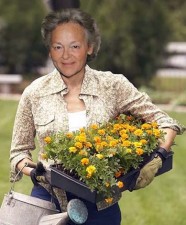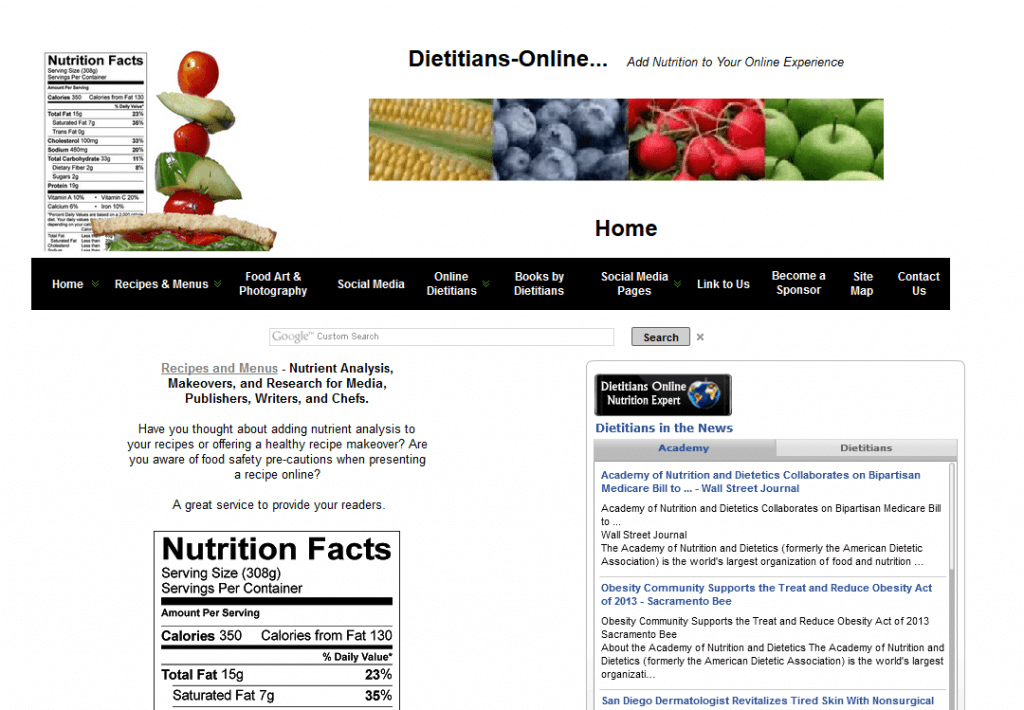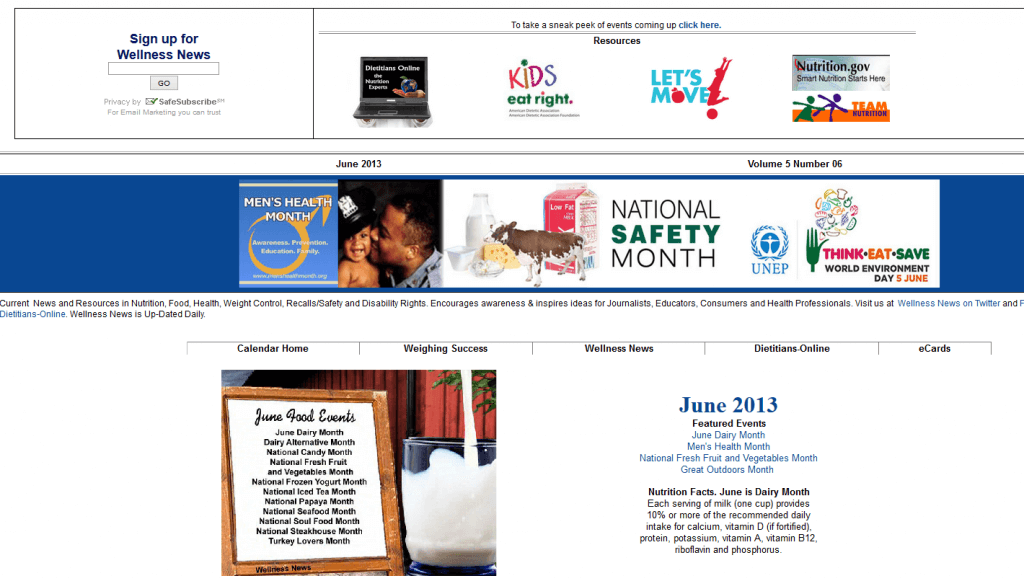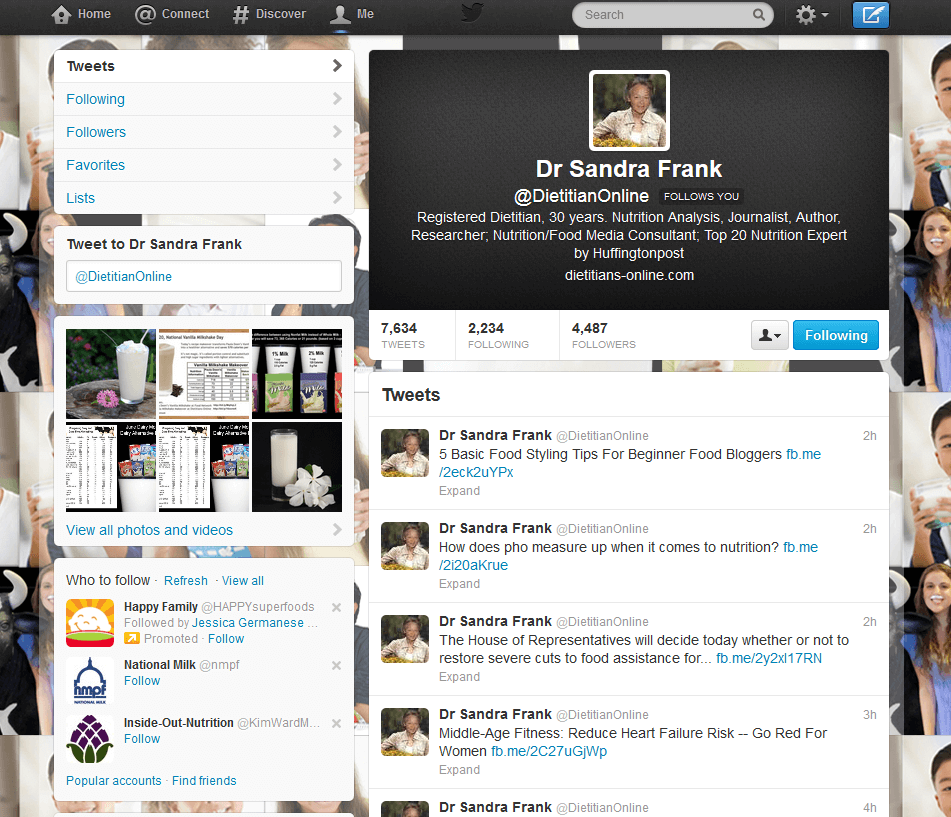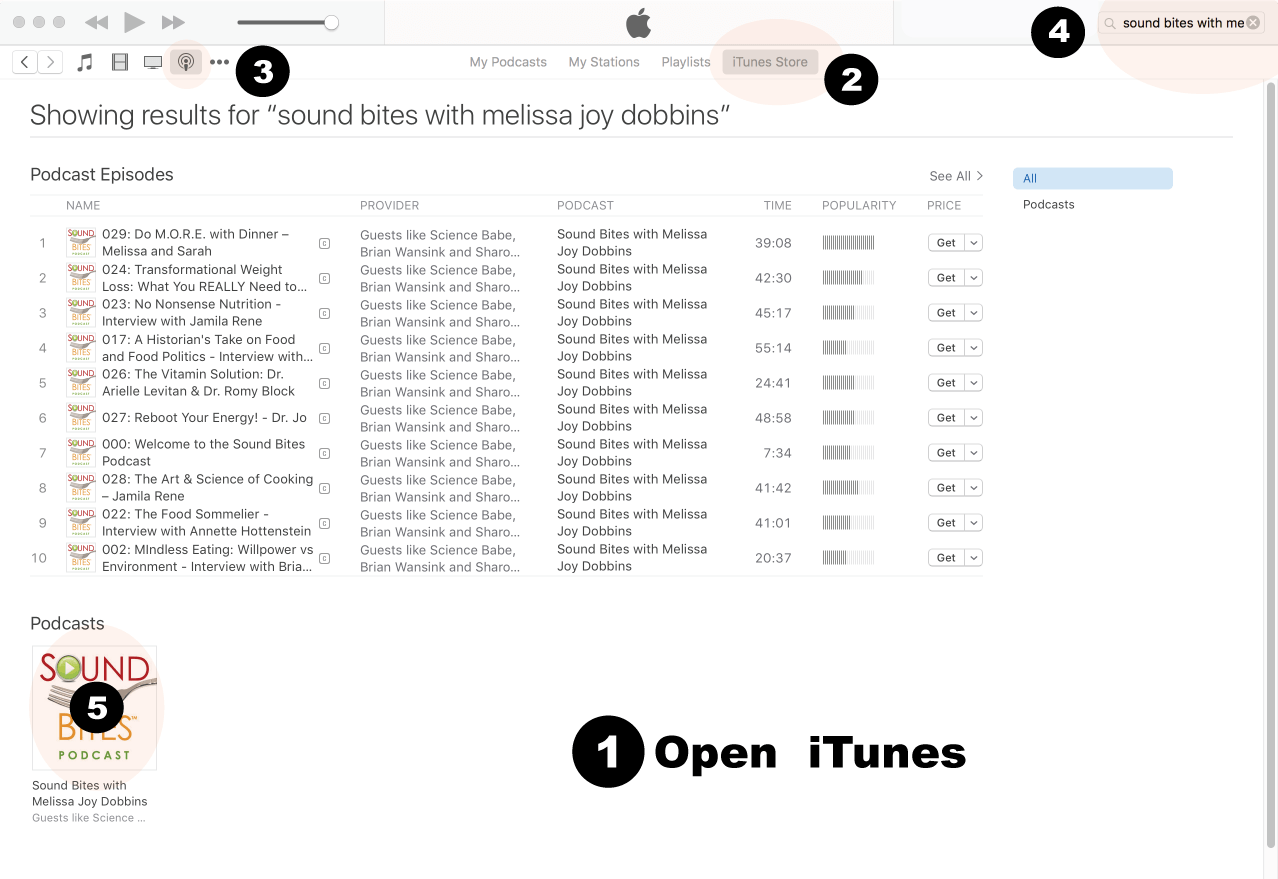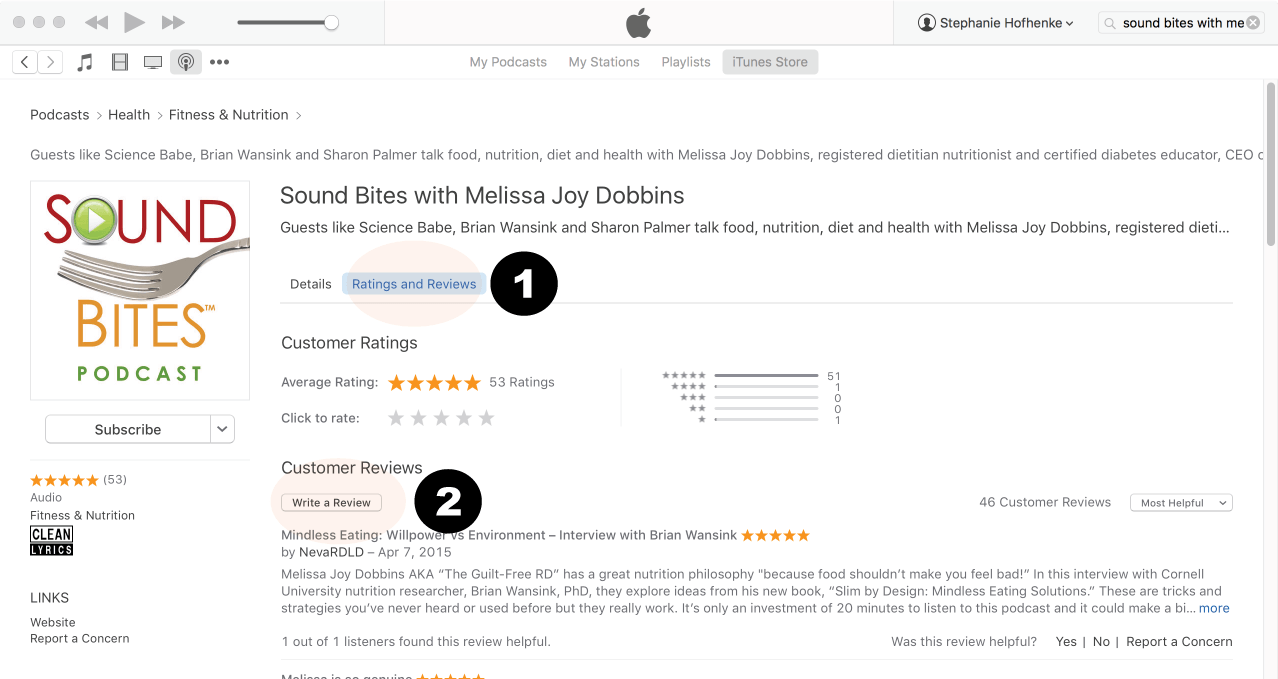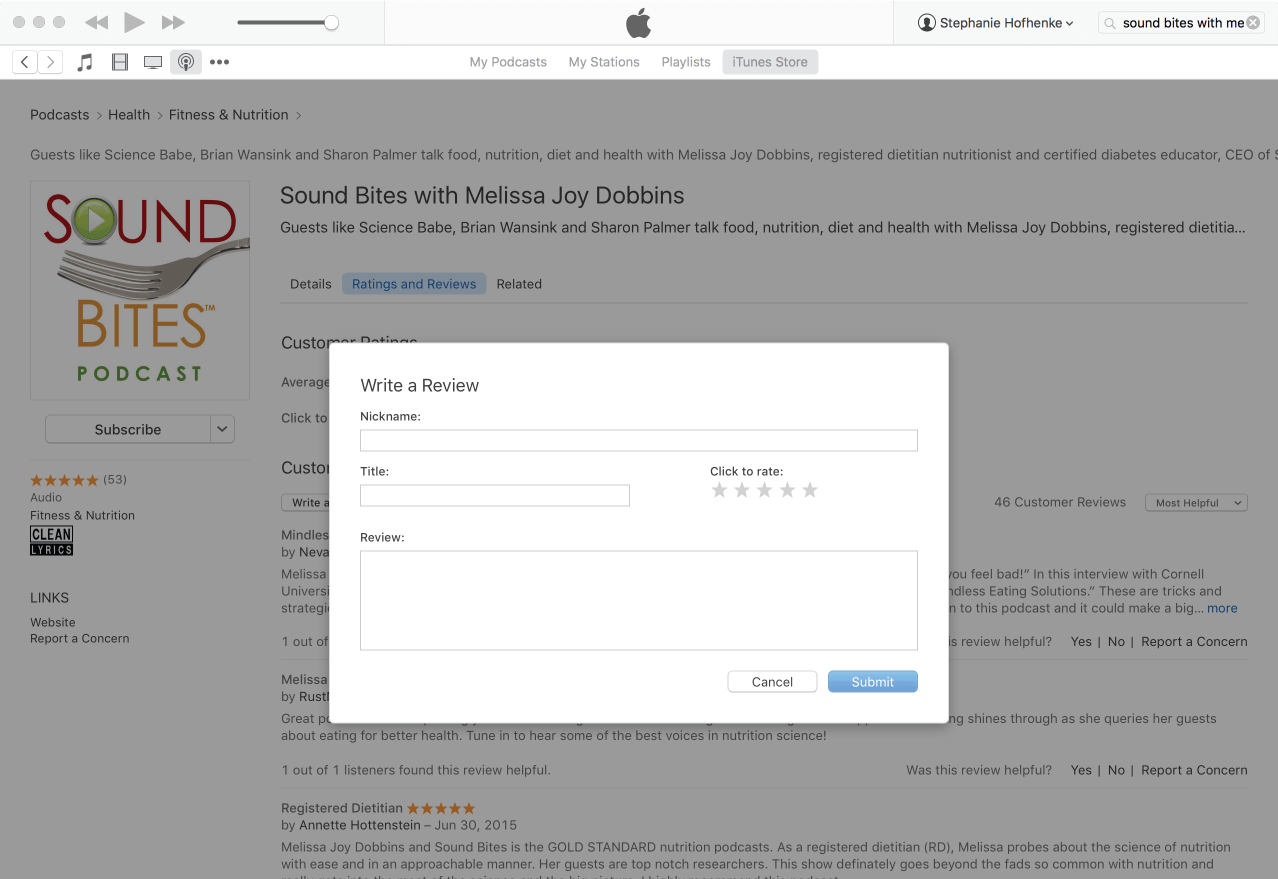A Follow Spot on Dr. Sandra Frank, Renaissance Woman
PROLOGUE:
The term Renaissance man (or woman!) defines a person of many talents and interests. Sandra Frank, Ed.D, RD, LDN certainly fits this definition. She combines the best of her right and left brains. She was a pioneer in using computers and nutrition analysis software. She continues to consult in this field today. On the creative side, she routinely shares her food photography on her social media page, Dietitians-Online. I am excited to introduce her to you in this guest blog entry.
A warm welcome and huge thank you to Dr. Sheila Campbell for this guest blog post!
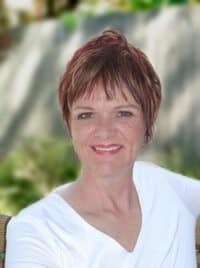
Dr. Campbell is a registered dietitian. She earned her Ph.D. from the Ohio State University, Columbus, OH and her Master of Science degree in human nutrition and clinical dietetics from the University of Alabama in Birmingham where she also completed a dietetic internship.
Dr. Campbell is owner and “Food Docent” of A La Carte Food Tours. In 2003, she retired from the Medical Affairs Department of Abbott Nutrition, where she had served as Manager of Medical Communications. From 2003 to 2011, she was a partner with Healthcare Creative, a full-service advertising agency. She has held many leadership positions within the Academy of Nutrition & Dietetics, including collaboration on three evidence analysis workgroups, and was invited to participate in the 2008 Leadership Conference. She has authored more than 70 publications on scientific, clinical, and medical topics, including functional foods and ingredients, pediatric and adult clinical nutrition, obesity, diabetes, GI disease, critical care, and more. She has presented papers, prepared teaching materials and articles, and authored other peer-reviewed publications. She is a sought after speaker and trainer. She has presented nearly 60 domestic and international workshops and lectures on a wide variety of health-related topics.
Dr. Campbell: Dr. Frank, you started using computers to conduct nutrition analyses before the methods, even computers themselves, were common. What inspired you?
Dr. Frank: I became fascinated with the possibilities in the mid-1980s, when computer-generated nutrient analysis was in its infancy. While working on my doctoral degree, I got the opportunity the study the pros and cons of this new way to analyze meals and foods.
Dr. Campbell: Today there are a number of commercially available nutrient analysis software programs. What should we know so that we can use them in the best way?
Dr. Frank: In order to come as close as possible to an accurate analysis, you need these skills:
• Food science
• Culinary nutrition
• Cooking and preparation techniques
• Purchasing guides, yield factors, and the limitations of nutrient analysis software.
A software-generated nutrient analysis provides only an estimate. Getting accurate results requires more than just adding up nutrient values for the ingredients.
You see, recipes are written in terms of the amounts of ingredients the consumer needs to prepare the dish. The individual analyzing the recipe needs to analyze the recipe on the dish as it is ready to eat. It’s critical to use food conversion and equivalent tables.
These databases provide information on ingredients as purchased (AP), edible portion (EP), waste, and the effects of marinating, straining, and percentage of bones, as well as the difference between raw and cooked weight. Also, keep in mind the difference between weight (e.g., grams or avoirdupois ounces—1/16th of a pound) and volume measures (e.g., mL or fluid ounces).
Because many nutrient analysis software programs do not provide this information for all items, analysts need to manually calculate or otherwise estimate these values.
Dr. Campbell: You put special effort into blending your personal and professional life.
Dr. Frank: In 1988, I gave birth to my son, Jake. He has Cerebral Palsy and has been permanently confined to a wheelchair. I wanted to be a great mother and a registered dietitian, so I researched ways I could do both from home. By 1989, I became one of the first registered dietitians to be hired by a food section of a national newspaper to provide nutritional analysis. Over the next five years, I was analyzing the recipes published in newspapers from across the country and a magazine called, Bon Appétit. I generated the food conversion factors of over 10,000 food items; many appear in “Menu Solutions: Quantity Recipes for Regular and Special Diets,” published by John Wiley & Sons, Inc.
Jake has always influenced and been involved in my career and career path. For example, I created Wellness News, a monthly publication featuring current news, events and resources in nutrition, food, health, food recalls, safety, disability rights, and the environment. Wellness News employs adults with special needs (Cerebral Palsy, Autism, Down syndrome, and Muscular Dystrophy). Each employee contributes a special talent, such as food preparation, taste testing, meal planning, gathering visual aids, and creative brain storming.
Dr. Campbell: What advice would you give to other dietitians interested in this field?
Dr. Frank: I’ve focused on working with publishers, editors, writers, and chefs to provide nutrition information and recipe modifications. It’s important to be skilled in nutrient analysis, flexible and conscious of deadlines.
Currently, the Internet has an alarming number of recipes with inaccurate nutrition information or no nutrient analysis! Organizations and companies with websites featuring recipes may not realize that they need the skills of registered dietitians, but they do! Registered dietitians add credibility and accuracy by providing accurate and practical nutrition information for recipes and suggestions for diet modifications.
Dr. Campbell: So far we’ve talked about your analytical work. Tell us about your work in communications.
Dr. Frank: I’ve served the profession as Social Media Chair for the Florida Dietetic Association and the Broward County Dietetic Association.
I also created Dietitians-Online social media pages and website; in April 2013, we reached 6,000 “likes” on Facebook and over 4,000 “followers” on Twitter! We focus on the latest news in food and nutrition, recipe development and makeovers, and nutrition label bloopers.
I love photography and routinely post pictures from our studio to these and other social media pages. To me, photographs provide means to communicate with people who are unable to read or have difficulty reading. I believe that good food photography stimulates the palate and excites the senses, thus helping to nourish the body.
My work focuses on helping people create nourishing foods with passion and creativity that result in a healthy, delightful diet!
EPILOGUE: Dr. Frank has amazing presence in the dietitian and nutrition community. Be sure to utilize all of her great resources by visiting her website, signing up for her newsletter, and following her on Facebook and Twitter. Her inspirational words and images are sure-fire ways to jump-start motivation – whether it’s your clients’ or your own!
Thank you to Dr. Frank for offering her time and wisdom and thank you to Dr. Campbell for guest blogging this fantastic interview.
If you want to be a guest blogger, too – email me at Melissa@SoundBitesRD.com!
Was there anything else you wanted to ask Dr. Frank, Dr. Campbell, or myself? Post your comments and questions here!

